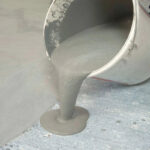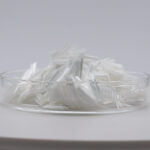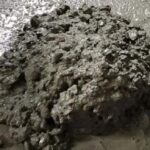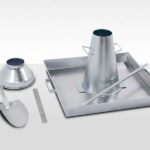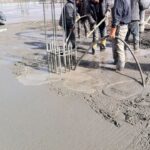Pumping technology for concrete is currently very common, especially for commercial pumping concrete.
Pumping concrete is different from regular concrete, as it belongs to fluidized concrete. Fluidized concrete was first proposed in Germany to improve the construction performance of concrete. In 1974, the original Federal Republic of Germany issued construction guidelines for fluidized concrete, followed by reports from countries such as the United States, the United Kingdom, and Japan, some of which refer to it as superplastic concrete.

What is a pumping agent?
An additive that can improve the pumping performance of concrete mixtures is called a pumping agent. The so-called pumping performance means that the concrete mixture has the ability to smoothly pass through the conveying pipeline, without blocking or segregating, and with good adhesion and plasticity. Pumping agents are divided into non-air-entraining agents (mainly composed of lignosulfonate calcium, high-performance water reducers, etc.) and air-entraining agents (mainly composed of water reducers, air-entraining agents, etc.).
The role and mechanism of pumping agents
1.Reducing the resistance of concrete
During the pumping process, the flowability and viscosity of concrete produce resistance, which slows down the flow rate and may even lead to blockages. The main function of pumping agents is to reduce the resistance of concrete, making the pumping process smoother and preventing blockages.
2.Improving the flowability of concrete
In order to ensure that concrete is evenly and finely poured, it needs good flowability and plasticity during pumping. The role of pumping agents is to improve the flowability and plasticity of concrete, making it more even and fine during pumping.
3.Increasing the strength and stability of concrete
During pumping, concrete is susceptible to deformation and damage from external forces. The role of pumping agents is to increase the strength and stability of concrete, making it more solid and stable during pumping.
4.Preventing segregation and air pockets in concrete
During pumping, the flowability and viscosity of concrete can cause segregation and air pockets. The role of pumping agents is to prevent segregation and air pockets, making the concrete more even and compact during pumping.
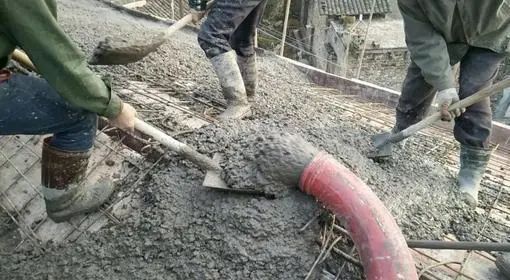
Proper use of pumping agents can reduce friction, segregation, and slump loss in concrete pumping, improve workability, accelerate construction progress, and improve the pumpability of freshly mixed concrete. It can also improve the durability of hardened concrete, such as its impermeability and frost resistance.
However, improper use of pumping agents can affect the workability, setting time, and even strength of concrete. Therefore, how to use pumping agents correctly is a major concern for engineering professionals.


